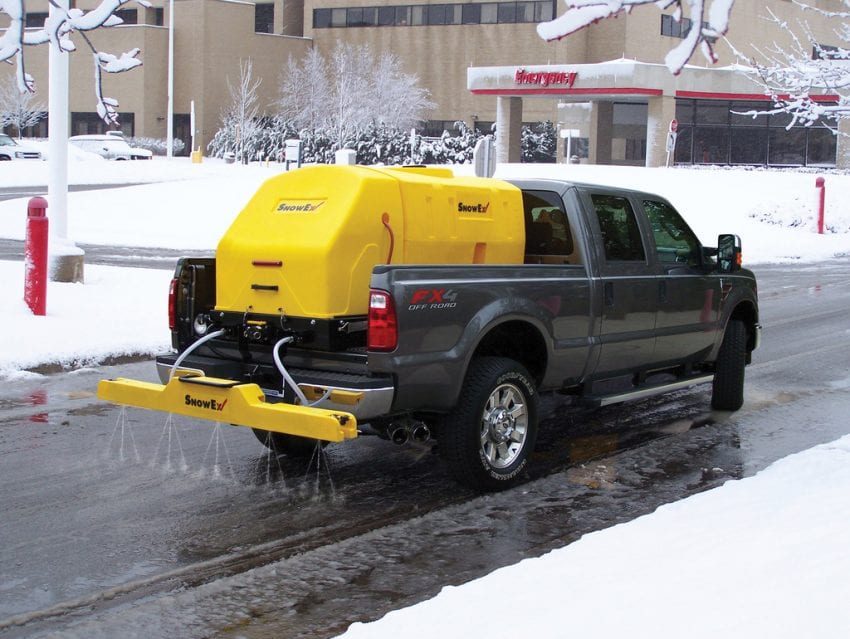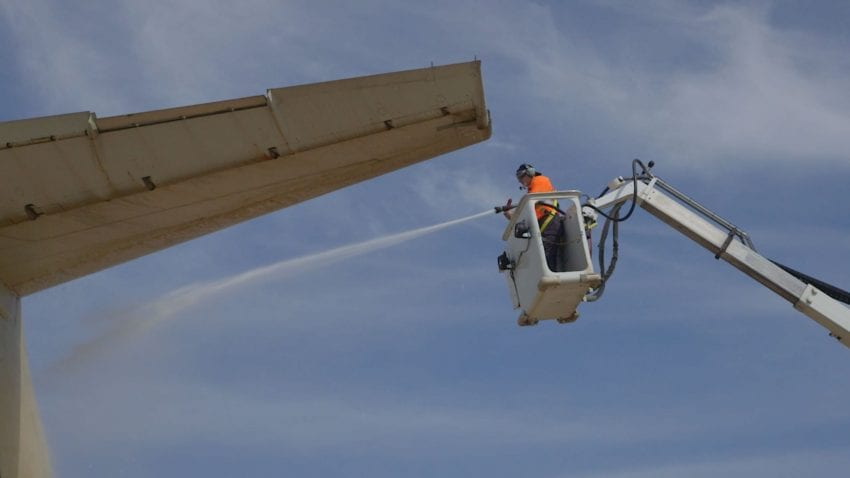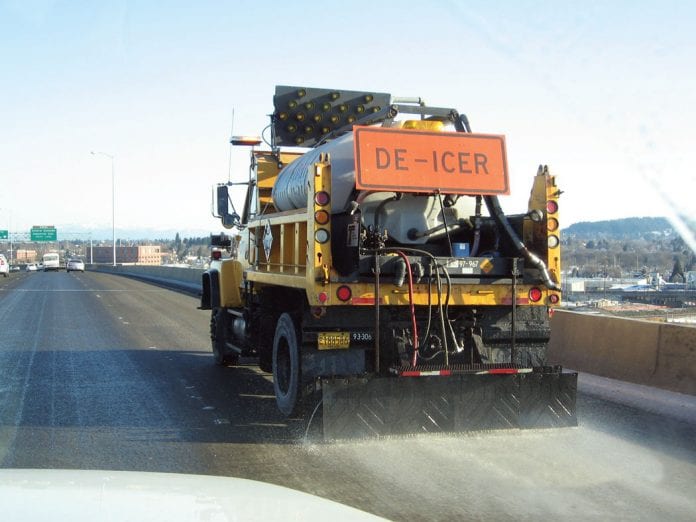The method of liquid de-icing is more relevant during the maintenance of winter. Liquid de-icers are usually dry, and solid de-icers have been dissolved in water to make a solution. Liquid de-icers are used for the purpose of de-icing the roads laden with snow and frost. There are many types of liquid de-icers, they are –
- Triple Melt (It is considered safe for vegetation and concrete)
- Wintergreen (It is considered safe for vegetation and concrete)
- Select (It is non-corrosive)
- Ice Guard (It is anti-corrosive)

What are the measures one should take for personal protection?
To prevent contact with the eyes, one should wear safety glasses that come with side shields. When handling the solutions of the chemical or whilst dusty operations, one should wear chemical goggles. Covering your body with clean clothing is advisable. For hand protection, one should use gloves that are chemically resistant to this material. If one experiences cuts or scratches, they should use gloves that are chemically resistant to the material. Barrier materials such as NBR or Nitrile rubber, PVC (Polyvinyl Chloride), Butadiene rubber, and Neoprene are recommended. However, a particular type of glove selection for a certain application should be taken into consideration.
What are the respiratory protection measures one should take?
One should wear respiratory protection apparatus in cases where exposure exceeds the level of limit and guidelines. Wear respiratory protection when there is no applicable guideline or limit, and adverse effects are seen, these can be – respiratory discomfort and irritation. While in misty or dusty atmospheres, one should use an approved or certified particulate respirator.
In case of eye contact, it is a low irritant and may cause mild irritation, redness, and pain. Inhalation may result in irritation in the upper respiratory tract that is throat as well as the nose. Brief contact with the skin is non-irritating to the skin, however prolonged contact of calcium chloride leads to burns and skin irritation.

What are the personal precautions one should take care of in case of an accidental release?
One should isolate the area, and keep unprotected and unnecessary personnel from making an entrance into the area. A slipping hazard may be caused by the spilled material on certain surfaces. The use of safety equipment should be exercised.
For large as well as small spills, one should contain the spilled material if possible, and use materials such as sand for its absorption. After absorption, the matter should be collected in properly labeled containers. Finally, flush the residue with a lot of water.
What are the symptoms related to the chemical, toxicological and physical characteristics?
Contact of the liquid de-icers with the eyes may cause eye irritation. Symptoms may be inclusive of temporary pain or discomfort, possible redness, swelling, excess blinking plus tear production.
For skin, it may cause itching and irritation of any existing cuts. Inhalation of aerosol whilst spraying may cause irritation of the respiratory tract and coughing. In case of ingestion in large quantities, vomiting, abdominal discomfort, diarrhea, as well as nausea take place.









